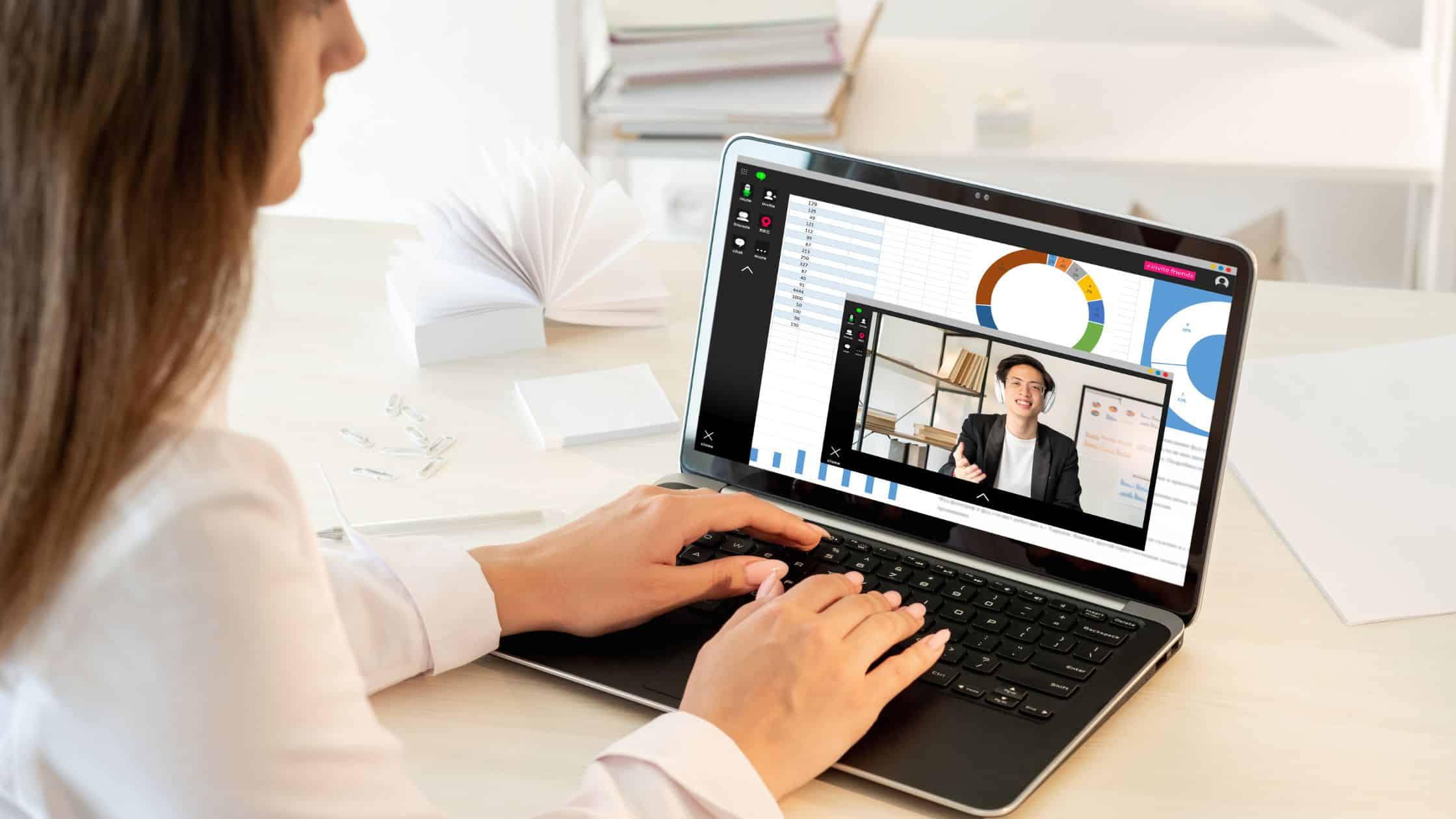As remote working becomes increasingly popular, remote coaching has become an essential tool for performance management. Remote coaching is a powerful way to ensure that employees have the support they need to reach their goals and maximize their potential.
However, remote performance management requires different techniques than in-person. Managers must know these differences to provide effective and efficient coaching to employees. This article will discuss six fundamental strategies to ensure effective and efficient remote coaching. By utilizing these techniques, you can help your remote team succeed despite distance challenges.
What makes remote coaching different from in-person?
Remote coaching is distinct from traditional in-person in several important ways.
Lack of Physical Presence
First, remote coaching lacks the physical presence that allows for more direct communication and easier understanding between you and the employee. Without the ability to read body language, you must be especially adept at understanding verbal cues and leveraging technology to provide visual aids and data that can help the remote coaching process.
Use of Data and Analytics
Another key difference between remote and in-person coaching is the use of data and analytics. Managers must rely on data and analytics to understand remote employees’ performance in remote environments. Data can be used to compare performance across different teams, uncover trends, identify areas for improvement, and set goals more effectively. Therefore, you must comprehensively understand your team’s performance data to coach them effectively.
Different Approach to Relationship Building
Finally, remote coaching requires a different approach to fostering relationships with employees. Managers must be incredibly attentive to building trust with remote employees. One way to do this is to provide support and guidance while allowing them autonomy over their work. This can include regularly scheduled check-ins, providing resources such as online workshops or webinars, or leveraging technology such as video conferencing or chat messaging apps for quick one-on-one conversations.
Six key techniques for effective remote coaching
Remote coaching is necessary skill managers must possess for effective performance management. To ensure success, managers must develop skills and techniques that will enable them to provide effective coaching. Here are six key strategies remote managers should master for effective coaching:
Setting realistic goals
One of the key components of remote coaching is setting realistic performance goals that are both achievable and measurable. Managers need to define objectives and expectations with their team members. Objectives and expectations ensure employees understand what they need to accomplish in a given timeframe. Doing this will help ensure everyone stays on track and make it easier for you to measure progress.
Using video conferencing technology
For remote managers to effectively coach, they must have access to video conferencing tools such as Teams or Zoom. These tools allow you to communicate face-to-face with employees during coaching or performance management discussions. In addition, being on video will enable you to give instant feedback and build relationships. Video conferencing provides visual communication methods like body language and facial expressions, which are critical when coaching.
Creating a comfortable space
Managers must create an environment where their team members feel comfortable. You should encourage them to openly discuss challenges they may face while performing tasks remotely. You try to keep conversations positive and focused on solutions rather than criticisms or finger-pointing. Doing so ensures everyone feels safe discussing issues without fear of being judged or humiliated by colleagues or supervisors.
Leveraging data and analytics
Managers need access to data analysis tools such as Tableau to monitor performance metrics around the employee’s tasks and overall productivity levels. Then, review the data with the employee during remote coaching sessions to identify areas where they need to improve. Data also helps identify new opportunities or strategies for success and track progress toward meeting performance goals over time.
Fostering relationships
Remote managers must build solid relationships with each employee to keep them engaged in the coaching process. You will establish trust by getting familiar with each individual’s strengths and weaknesses, providing support, and offering appropriate recognition. Trust is necessary to improve performance results over time.
Providing feedback
Providing timely feedback is essential when it comes to effective remote coaching. It helps individuals understand how well they’re performing at work and how they can improve. You should take advantage of real-time messaging platforms like Slack or Teams whenever possible. Instant messaging allows you to exchange information quickly and provide instant feedback to your employee.
By mastering these six key techniques, managers can implement successful remote coaching practices within their organization. Additionally, you achieve improvements through efficient performance management amongst your remote workers.


